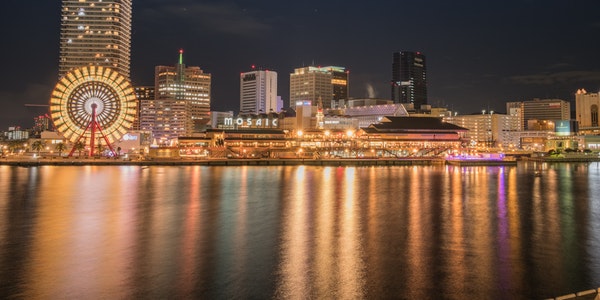In the past, when I used a film camera, I was always obsessed with using various special means to take some pictures, but film shooting is not something everyone can do. Well now, we have a digital camera.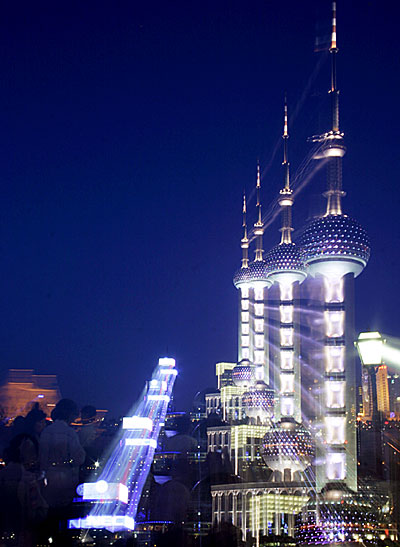
Table of Contents
Basic Tools
The camera and lens must be able to zoom in the process of exposure, generally DSLR or high-end DC (such as F828) can meet the needs.
A tripod is a must. Otherwise, you have to look for fixtures everywhere, or you will become a “trash can photographer” (referring to the expert who specializes in finding garbage cans to place cameras).
Remote control or shutter release to prevent shaking when pressing the shutter. Of course you can use a selfie instead.
1. focal length
Focal length is an important factor for a lens. First, understand what a focal length is. The lens of a digital camera can be thought of as a set of lenses. When parallel light rays pass through the lenses, they will converge to a point called the focal point. The distance from the focal point to the center of the lens is called the focal length. A lens with a fixed focal length is a fixed focal length lens. A lens whose focal length can be adjusted is a zoom lens.
In the field of photography, the focal length mainly reflects the size of the angle of view of the lens. For traditional 135 cameras, the angle of view of the lens around 50mm is close to that of the human eye, and it is not deformed when shooting, which is called a standard lens.
The division of this range is just people’s habit, and there is no strict definition. The CCD of a digital camera is generally much smaller than that of 135 film. Therefore, the same angle of view, the focal length of the lens is much shorter. For example, a digital camera with a 0.33″ CCD uses a lens of about 13 mm, and its angle of view is approximately equivalent to a standard lens of 50 mm for a 135 camera. Due to the different CCD specifications and models used by various digital camera manufacturers, everyone adopts the “equivalent” lens. In the 35mm camera (ie 135 camera) focal length” statement.
Usually, there will be F and f in the technical parameters of digital cameras. Where F represents the maximum aperture value, and f represents the focal length. For example, it is marked with f=8-24, which is equivalent to 38mm-115mm for a 35mm camera.
2. zoom
Zoom capability is also a design focus of digital camera lenses. The zoom of a digital camera is generally divided into two types: optical zoom and digital zoom. The optical zoom is the same as the traditional optical imaging camera, which realizes the zoom through the telescopic combination of the lens. This is also true zoom.
But optical zoom lenses are expensive and complex. Complex zoom lenses are generally too bulky. This is not applicable to digital cameras whose volume tends to be miniaturized. Therefore, most of the optical zooms of mainstream digital cameras on the market are about 3 times.
Digital zoom can be said to be exclusive to digital cameras and is a brand new concept. Its basic principle is to interpolate the captured scene data through the calculator in the digital camera, so as to enlarge the subject and achieve the effect of zooming.
This zoom method seems to bring out more detail. In fact, simply zooming in on the originally shot image will not increase the clarity of the image. Because the number of extra pixels is not actually taken by the lens, but calculated by software interpolation. The digital zoom of digital cameras is now more common in the market is 2 times, 3 times or 4 times.
You can easily find the words “This digital camera has 3x optical zoom and 2x digital zoom function” in the performance index column of the digital camera. It can be seen that they are an important indicator of the performance of the digital camera lens. It seems that in order to attract more attention, the current digital camera manufacturers often emphasize that the zoom capability of their products can reach 6 times, and some even claim that it can reach 12 times.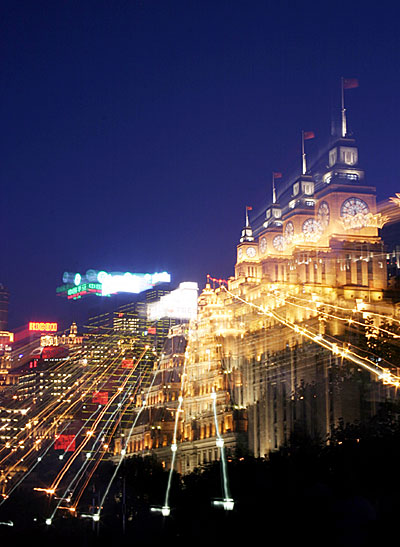
Slow Shutter Zoom
Slow Shutter Zoom: As the name suggests, it uses a zoom lens to zoom when shooting at a slow shutter speed.
There are two ways of zooming commonly used on DSLR lenses, one is a rotary type and the other is a push-pull type. Both of these lenses are basically the same when shooting with a slow-gate zoom. Relatively speaking, the push-pull type is easier to operate.
Shutter speed:
The shutter is a device used to adjust and control the time when the light passes through the lens and reaches the photosensitive surface. In layman’s terms, the shutter determines when the image is captured. It is blocked in front of the photosensitive element and is normally closed. It only opens when the shutter button is pressed, and the opening time is determined according to the set shutter speed. Usually the camera shutter speed range is: 4 seconds, 2 seconds, 1 second, 1/2 second, 1/4 second, 1/8 second, 1/15 second, 1/30 second, 1/60 second, 1/125 second seconds, 1/500 of a second and 1/1000 of a second.
If the camera shakes due to instability while the shutter is open, the resulting image will be blurred. That’s why it’s important to keep the camera steady when shooting, and it’s why a slow shutter speed is more likely to cause camera shake. Therefore, there is a concept of a safe shutter in terms of shutter speed. Generally speaking, the shutter speed should not be slower than the safety shutter: safety shutter = 1 / focal length of the lens.
For example, the focal length of the lens is 50 mm, and the safety shutter is 1/50 of a second, that is, a shutter speed of more than 1/60 of a second can be selected to avoid blurred images caused by hand shake. Of course, the safety shutter is just a reference parameter. The shutter speed range is also as large as possible, so that the camera can adapt to more shooting ranges.
Just follow the normal metering exposure when shooting. However, if you want to zoom when shooting, you should naturally leave enough time for the zooming action. So try to use a small aperture to get a longer exposure time.
Controls for zoom:
The longer you stay at a focal point when zooming, the sharper the image will be at that point. And those point light sources (such as street lights) will form a light trail when zooming. Various radial light tracks form another scene in the picture.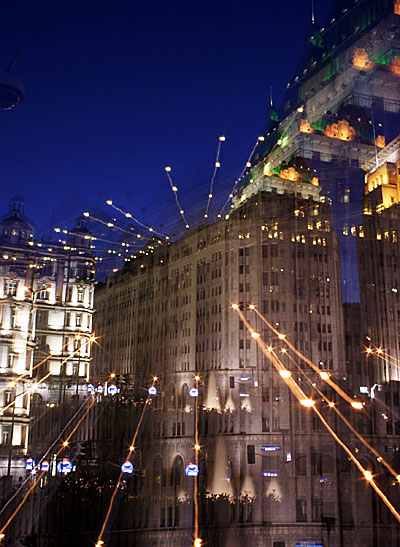
TIPS 1:
Try to be as steady as possible when shooting, so that the zoom lines are smooth and the picture is clear.
Select some points of light to form zoom lines.
Staying at different focal points for a while, you can get several clear pictures with different focal lengths.
Before shooting, check the composition at the telephoto end and the wide-angle end to ensure that the picture is complete.
Multiple exposures: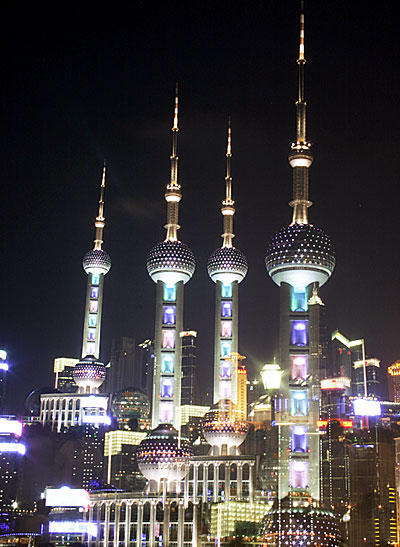
The function of multiple exposures is currently only available on a few DCs, but we can use shutter B or a slower shutter to achieve a similar effect.
The method is very simple, open the shutter B or when using the slow shutter to shoot, cover the lens cap or cover the lens with an object, and then take the second shot after adjusting the position. And so on you can make multiple exposures.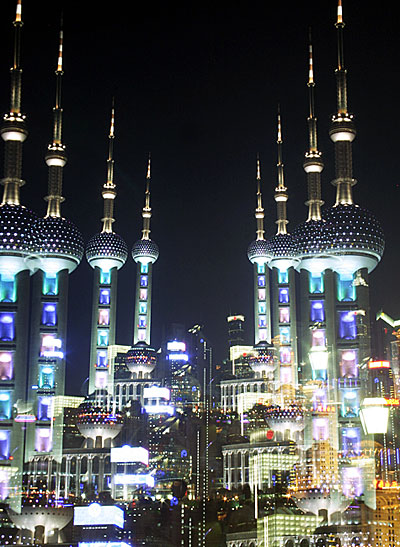
This photo took eight exposures using shutter B, with a total of 115 seconds of aperture B, with each exposure taking about 8 seconds.
Aperture
Aperture is a mechanical device that controls the amount of light that passes through the lens and enters the photosensitive surface of the fuselage. It is usually inside the lens and does this by controlling the size of the lens aperture. When the outside light is weak, open the aperture wider. Otherwise, close the aperture down. Expressing aperture size is usually expressed in F-numbers. The formula is: aperture F value – = focal length of the lens / diameter of the lens aperture.
The complete aperture value is in descending order: F1. F1.4, F2.8, F4, F5.6, F8, F11, F16, F22, F32, F44 and F64.
The smaller the aperture F value, the wider the aperture is, and the more light enters in the same unit of time. Moreover, the amount of light entering the upper stage is just twice that of the next stage. For example, if the aperture is adjusted from F8 to F5.6, the amount of light entering is doubled. It can also be said that the aperture is opened one stage larger. For popular digital cameras, the aperture F value is often between F2.8~F16. In addition, many digital cameras can do 1/3-stop adjustment when adjusting the aperture.
TIPS 2:
Make a good idea before shooting, observe each exposure of the picture, and be aware of it.
If you use a slow shutter, the adjustment speed is a little faster, because time is limited. With shutter B, you can do whatever you want.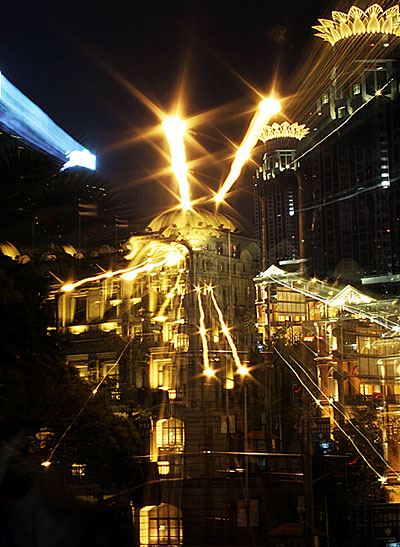
Master brings in the door, and the practice is personal. We can try to use various other means to make the DC in your hand dance in the dark night. We can break the tradition that the camera stand is fixed on a tripod, it can be rotated, raised and lowered, and even halfway through, the camera can be removed and the camera can be taken in another place. There is nothing impossible, as long as you dare to think, you can shoot.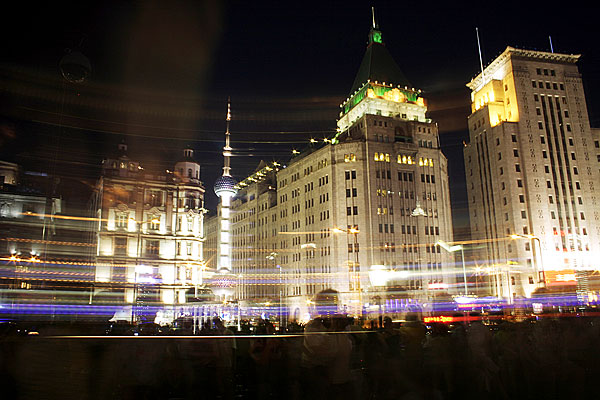
Rotate shot
